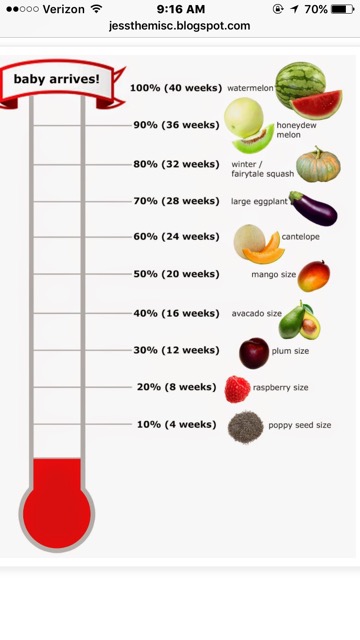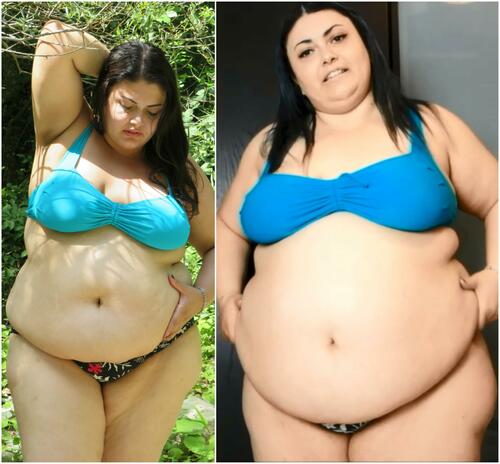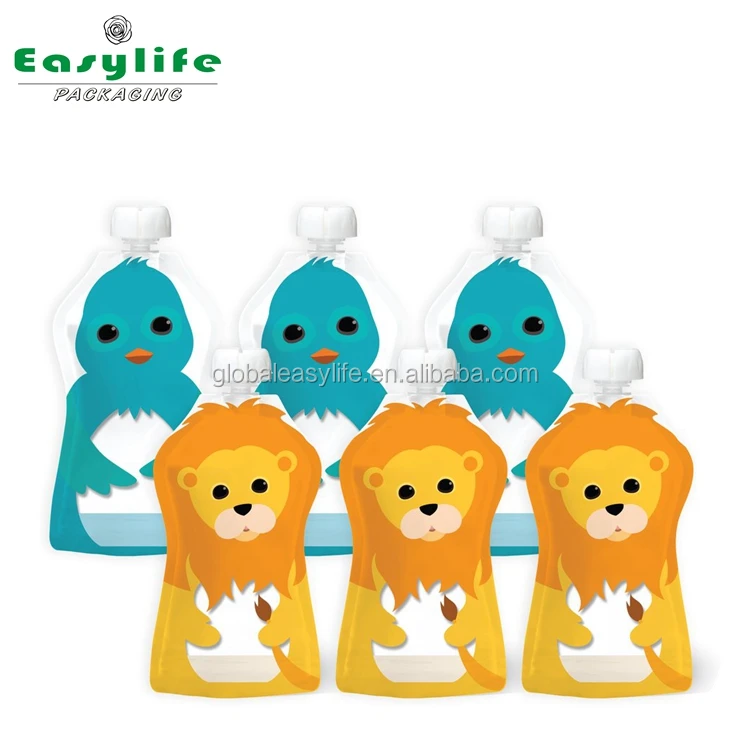Baby size compared to junk food
How Big is my Baby? The Fruit-to-Fast-Food Conversion Chart You've Always Wanted — MKHAMMER
I'm Mary Katharine Ham. I talk about politics, but I like other things, too. I try not to be a blowhard.
September 11, 2015 / Mary Katharine Ham
Every pregnant woman has been there. You've just found out you're expecting and you stumble on one of those "How Big is My Baby?" lists, informing you just how big your little bundle is from week to week. Each of these lists is seemingly required to be composed almost entirely of obscure seeds, fruits, and vegetables of whose size you are quite uncertain, some of which you can barely look at, let alone stomach, while pregnant. This list is different. This is a pregnant woman's list, for pregnant women, by a pregnant woman*. This is how big your baby is in junk foods. Enjoy, and I apologize in advance for triggering cravings you have to run out and satisfy today! (This list was compiled with the help of the Parents, BabyCenter, and Bump lists, Flickr Creative Commons, and a giant assist from my hormones. )
Poppy seeds and fry.
In the 4th week, your baby is about the size of that grain of salt on your waffle fry. Like, a visible grain. Maybe a nice Kosher salt. It's implantation week, and your little grain is hanging out in the uterine wall, 'bout to get some nutrients.
Sesame seed.
This is the only comparison I will allow, as a sesame seed is an important feature of the hamburger bun— important enough that it's even featured in the classic McDonald's jingle about the Big Mac. There's not much better junk-food cred than that. In the 5th week, your sesame seed is making some serious headway, beginning to form a brain, spinal cord, and circulatory system.
Lentils and Nerds.
In the 6th week, your baby is about the size of a Nerd.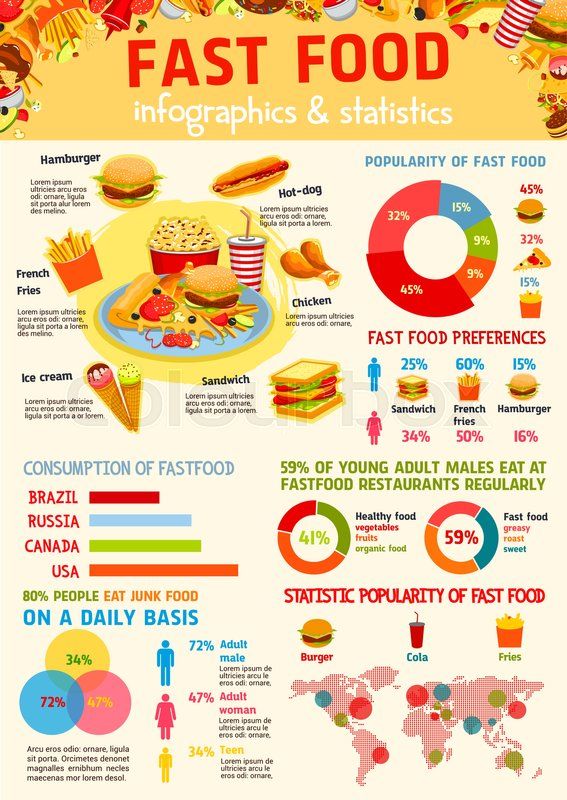 Just four weeks from conception, the baby's neural tube closes, and the heart is pumping blood.
Just four weeks from conception, the baby's neural tube closes, and the heart is pumping blood.
Blueberries and Skittles.
In the 7th week, your baby Skittle has a head and nostrils and is forming paddle-like arms and legs. (This comparison goes out to my friend Jenna Kim Jones, who loves the Skittles and is expecting her own Skittle very soon!)
Kidney beans and Jelly Bellys.
In the 8th week, your little Jelly Belly (one can hope it's not that heinous popcorn flavor) is starting to have visible eyes, fingers, and toes, and straightening out of the C-shaped curve of the very early days of development.
Grapes and gumballs.
In the 9th week, your baby is about the size of a gas-station gumball you used to get for a quarter.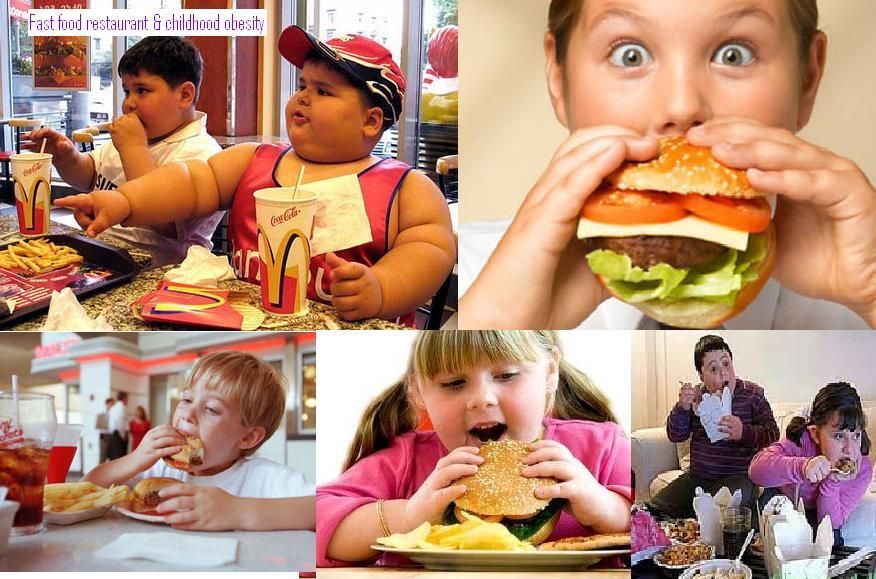 Do they still cost a quarter or do children just order them with their AMEX on the Uber-for-gumballs app? In this week, your baby will grow arm bones and toes, and may be 3/4 of an inch long.
Do they still cost a quarter or do children just order them with their AMEX on the Uber-for-gumballs app? In this week, your baby will grow arm bones and toes, and may be 3/4 of an inch long.
Kumquats and tater tot.
In the 10th week, your baby is the size of a delicious tater tot you just picked up at Sonic. Your little tot's head is looking more distinct from his body and he may be about an inch long.
Figs and Reese's.
In the 11th week, your baby is about the size of a Reese's cup! The little one might be as much as 2 inches long and weigh 1/4 of an ounce, and her head, though becoming more proportionate, is still about the same size as the rest of her body combined.
Limes and sorbet.
Welcome to week 12! In this week, your baby is about the size of one of those little scoops of sorbet you get at a fancy restaurant and think, "This is all I get for $8.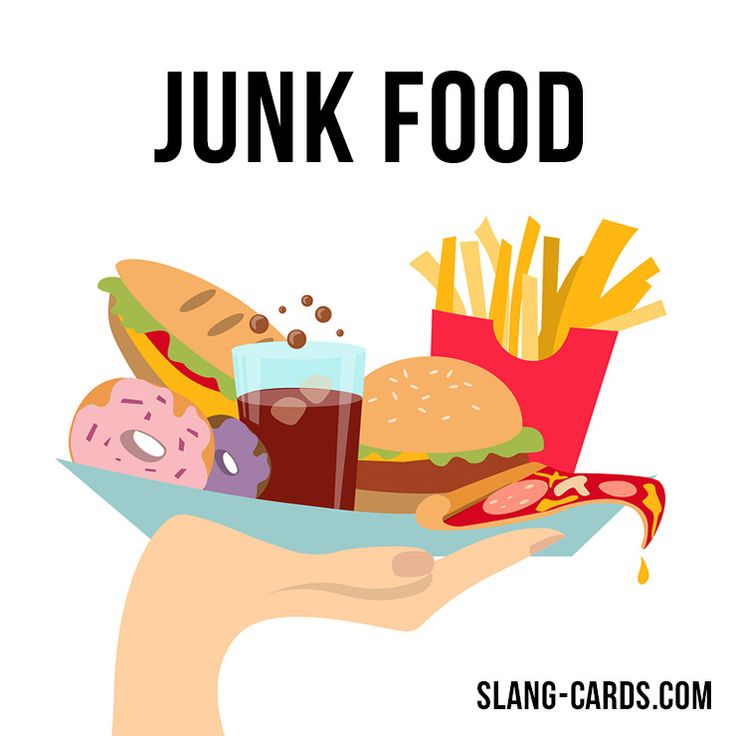 50?!" Weighing in at about 1/2 an ounce, the baby has formed most of her major systems and will now start to grow fast. Her profile, if you catch it on an ultrasound, is fit for fridge-hanging and framing.
50?!" Weighing in at about 1/2 an ounce, the baby has formed most of her major systems and will now start to grow fast. Her profile, if you catch it on an ultrasound, is fit for fridge-hanging and framing.
Peapod and McDonald's fries.
In week 13, you're in the homestretch of the 1st trimester, and with luck, any nausea you've experienced is sloping off. Meanwhile, your baby is about the size of a modest mouthful of McDonald's fries. He is getting vocal chords and fingerprints and is almost 3 in. long.
Lemon and McNuggets.
In week 14, your baby is about the size of a Chicken McNugget. He now weighs more than an ounce, and has grown the layer of peach-fuzzy hair all over him that will help regulate his temperature in the womb.
Apple and ice cream.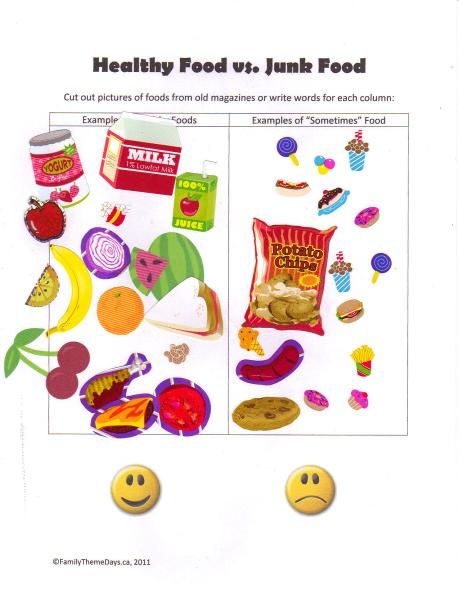
In week 15, you are solidly in the 2nd trimester and your baby is now the size of the Baskin Robbins scoop you would serve yourself if they'd give you the damn ice cream scoop already! Gone is that tiny sorbet scoop of the 1st trimester, and your little one is now moving around in there, even if you can't yet feel her.
Avocado and cupcake.
In the 16th week, your baby is about the size of a cupcake. Your baby is about 4.5 in. long and weighs in at more than 3 oz. She may be able to hear your voice now and has a fully formed umbilical cord.
Pear and buttermilk biscuit.
At 17 weeks, your baby is about the size of a biscuit. A flaky, buttery biscuit. She is busy putting on weight and you may feel her hiccuping.
Bell pepper and candy apple.
In week 18, your baby is about the size of a candy apple, which I probably wouldn't even mention except it's fair season right now, so if I trigger a craving, you could actually go find one. Wait, come back and finish this post first! At more than 5 inches and over 6 oz., you may now feel this kid kicking if you haven't already.
Heirloom tomato and Big League Chew.
Yes, I made your 19-week-old in utero baby into a politically incorrect candy of the '80s. Embrace your nostalgia! Are you pumped to find out this little pouch of bubble gum's gender? You're creeping up on your halfway mark and the next big ultrasound.
Banana and Doritos taco.
In the 20th week, you are halfway done and your Doritos Locos Taco-sized baby has fully formed taste buds and weighs in at more than 11 oz. Mmm, Doritos.
Mmm, Doritos.
Carrots and steak fries.
Welcome to your 21st week. Your baby is now the size of a steak fry, but is on his way to becoming the size of a main course.
Spaghetti squash and pint of Ben & Jerry's.
Did someone say main course? What about a pint of Ben & Jerry's? That's how big your baby is in week 22.
Mango and Pop Tarts.
In week 23, your baby is the size of two Pop-Tarts, about 10-12 inches long and listening in on life outside the womb.
Corn and Pringles.
In week 24, your baby is as long as a can of Pringles, but can weigh a pound! So, maybe the size of two Pringles cans. Why not? You're pregnant. Once you pop, you can't stop!
Why not? You're pregnant. Once you pop, you can't stop!
We're going to pause right here to recognize that this week's veggie comparison perfectly encapsulates what is wrong with every list of fruits and veggies that tell you how big your baby is. I'm a fairly intelligent person well-versed in fruit and veggie consumption. And, when someone tells me my baby is the size of a Swede, my first thought is "WUT in the baby-swaddling hell is a Swede?" Turns out it's a rutabaga, whose size I also don't know with perfect accuracy right off the top of my head. So, super-helpful. Also, check out that picture. We couldn't pick a cuter veggie, even? A turnip-like ball of variegated color and random hairs. Sure, if your baby daddy is Ren or Stimpy. Anyway, I can't even.
Red cabbage and popcorn ball.
In the 26th week, your baby is the size of a giant popcorn ball and is practicing breathing air by breathing amniotic fluid after a recent spurt of lung development.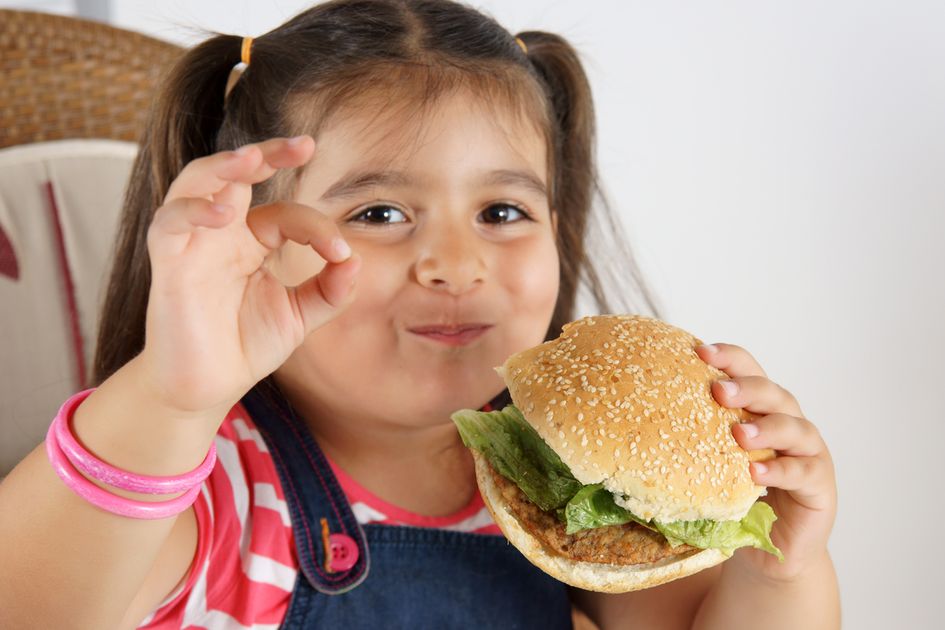
Cauliflower and Big Mac meal.
In week 27, your baby is the size of a Big Mac meal.
Butternut squash and Kraft Mac & Cheese.
In the 28th week, your baby is the size of a whole box of Kraft Mac & Cheese— the original, orange-powder kind, not this less-orange kind they're trying to pass off as equally yummy these days.
Eggplant and Cinnamon bread.
Ladies, you are now hanging out in the third trimester. Home stretch! Your baby is about the size of a delicious home baked loaf of cinnamon swirl bread. Welcome to the wonderful world of kung-fu baby kicks, increased heartburn, sciatica, and all sorts of crowding.
Cabbage and Pizza Hut personal pan pizza.
In the 30th week, your baby is the size of a Pizza Hut personal pan pizza. She may weigh almost 3 lbs, which is incidentally about the same amount of weight you'd gain from a night at the Pizza Hut buffet. But don't quote me on that. I'm not a scientist.
Coconut and bag of Cheetos.
Look, I don't understand the order of these things. How is a coconut bigger than an eggplant or butternut squash? I thought about unilaterally bumping this back to about Week 28, but I'm not a doctor. Maybe they mean a coconut still in a palm tree? Don't those have a husk on them that make them even bigger? Anyway, I'm going with a bag of Cheetos.
Kale leaves and funnel cake.
In the 32nd week, your baby has reached the sweet spot— the size of a funnel cake. The baby may be climbing toward the 2-3-lb mark and with luck has turned into a head-down position getting ready for delivery.
Pineapple and cotton candy.
Before your bundle of joy is born, he's first the size a bundle of sugary cotton candy at 33 weeks. And, much like cotton candy, this kid can grow really fast and will continue to do so until he's born.
Cantaloupe and Apple pie.
It's week 34 and your baby is about the size of an apple pie, pushing 4 lbs., and can hear your conversations.
Honeydew melon and fried chicken.
Seriously, week 35, and your uterus is huge, girl. With good reason—you've got an entire plate of crispy fried chicken in there! Kiddo can weigh over 5 lbs. and may feel like far more.
Romaine lettuce and medium movie popcorn.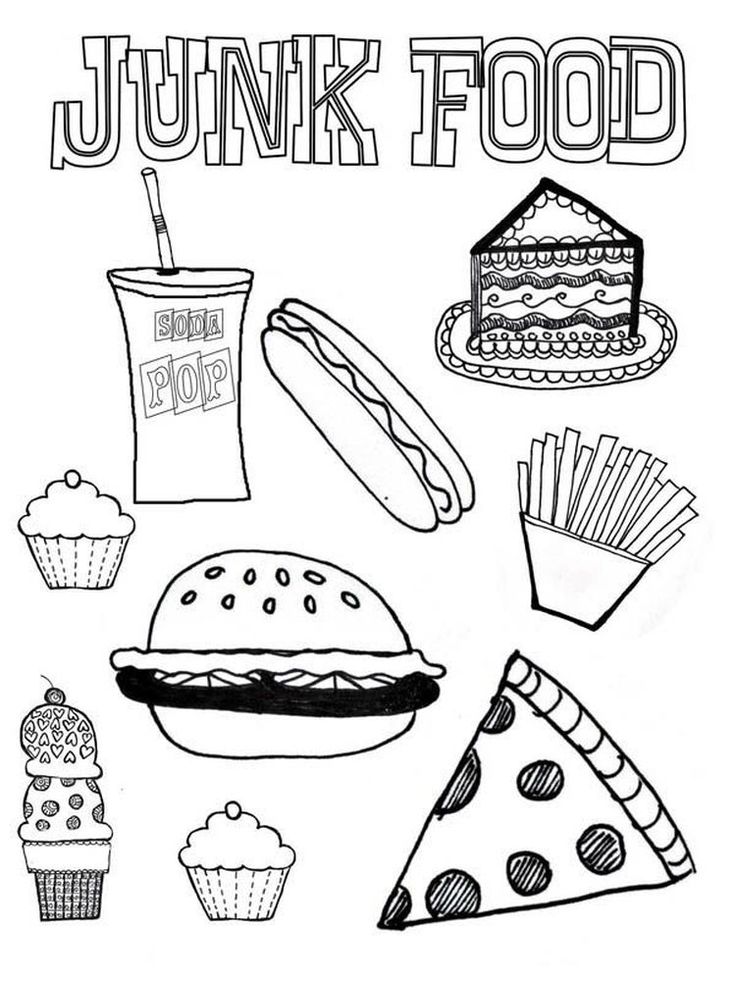
Getting both longer and heavier, your 36-week baby is the size of one of those ludicrously sized medium movie popcorns. She's shifting around but running out of room in there. Most of the baby's major systems could be functional if she decided to come early at this point, but most of them like to hang around a bit.
Leeks and Cheetos.
Seriously, leeks? Nope. It's been a while since your baby was a mini bag of crunchy Cheetos. Now, he's an officially full-term giant bag of Cheetos Puffs, weighing 6-8 lbs.
Swiss chard and ribs.
Almost there! Your rack o' ribs is full-term but hanging in there to put a little more meat on his ribs. It's okay to feel a little impatient. These last weeks can be hard on mom as most of her body is devoted to this little one who feels not-so-little these days.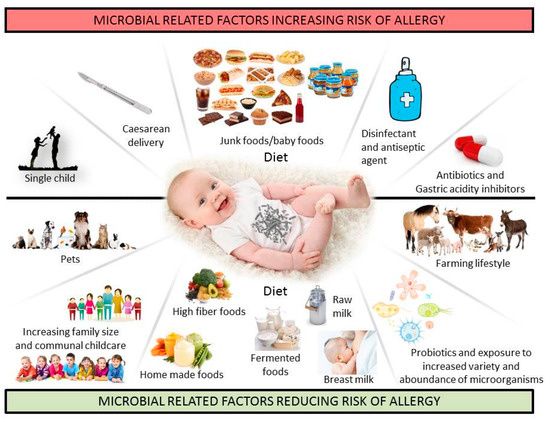
Pumpkin and bundt cake.
Week 39 and your baby is the size of an iced bundt cake and just as perfectly formed! You've been staying healthy and making a whole human. Nice job! The discomfort of carrying this 6-9-lb. bundt cake around is a great way of helping you let go of anxiety for the time when the baby is actually born. You may very well be thinking, "Let's get this labor show on the road!"
Watermelon and three-tier funfetti cake.
You made it! And, what better way to celebrate than a baby the size of a three-tier funfetti cake? You'll soon meet this delicious little person, fall in love, and be exhausted. And, since we're on the subject of food, as pregnant ladies often are, you may be rid of your pregnancy food aversions and cravings post-birth. You'll also have more room to put those yummy foods now that your stomach is no longer residing in your esophagus, and if you happen to be breastfeeding, get ready to enjoy eating ALL OF THEM perhaps more than you ever have before. You'll need it!
You'll need it!
*As for me, my baby is about the size of a Kraft Mac & Cheese box (28 weeks) and kicking like crazy. Due in early December, we look forward to the new addition keeping all of us, including big sister, on our toes! If you haven't seen me in a while, this may come as a surprise. Sorry 'bout that. Busy summer! (HASHTAGSORRYSECONDKID) Oh, and my husband knows the gender but I don't. Ha. Little miscommunication in the ultrasound room. No, he hasn't slipped up. No, I haven't bugged him about it. We're weird. You can take it up with him if you'd like, but he won't crack.
10 Comments 5 Likes
How Big is Baby? Sweet Treat Edition
…because have you ever even held a papaya? Check out how big that surro baby is based on the things we can actually relate to… sweets, candy, and junk food.
Originally published by Erica Billups of Sweet Leigh Mama
(Note: Average sizes are taken from TheBump.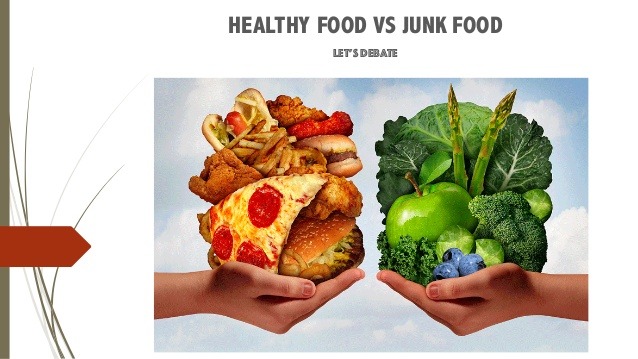 com. Dessert associations are based on my calculations of weight, not length.)Weeks 3&4
com. Dessert associations are based on my calculations of weight, not length.)Weeks 3&4
Zygote – a Pop Rock
Week 5
Avg. Size: 0.13 inches – a Candy Button
Week 6
Avg. Size: 0.25 inches – a Red Hot
Week 7
Avg. Size: 0.51 inches – a Tic Tac
Week 8
Avg. Size: 0.63 inches / 0.04 oz – a Good & Plenty
Week 9
Avg. Size: 0.9 inches/ 0.07 oz – one M&M
Week 10
Avg. Size: 1.2 inches / 0.14 oz – a Hershey Kiss
Week 11
Avg. Size: 1.6 inches / 0.25 oz – a Roll of Smarties
Week 12
Avg. Size: 2.1 inches / 0.49 oz – a Reese’s Peanut Butter Cup
Week 13
Avg.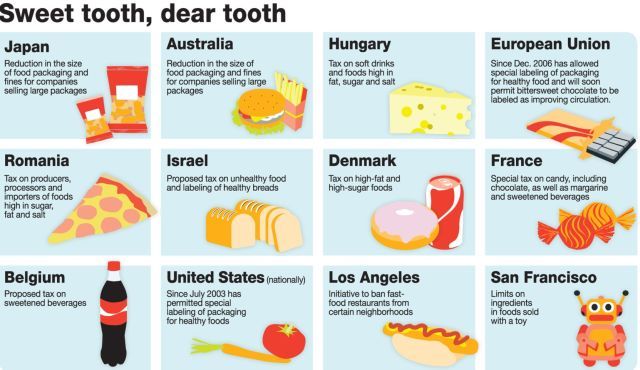 Size: 2.9 inches / 0.81 oz – a Cadbury Creme Egg
Size: 2.9 inches / 0.81 oz – a Cadbury Creme Egg
Week 14
Avg. Size: 3.4 inches/ 1.5 oz – one Twinkie
Week 15
Avg. Size: 4.0 inches / 2.5 oz – one Pack of Skittles
Week 16
Avg. Size: 4.6 inches / 3.5 oz – one pack of Hostess Sno Balls
Week 17
Avg. Size: 5.1 inches / 5.9 oz – two Red Velvet Cupcakes
Week 18
Avg. Size: 5.6 inches / 6.7 oz – 30 Jolly Ranchers
Week 19
Avg. Size: 6.0 inches / 8.5 oz – Box of Thin Mint Girl Scout Cookies
Week 20
Avg. Size: 6.5 inches/ 10.6 oz – one container of Betty Crocker Whipped Cream Cheese Frosting
Week 21
Avg.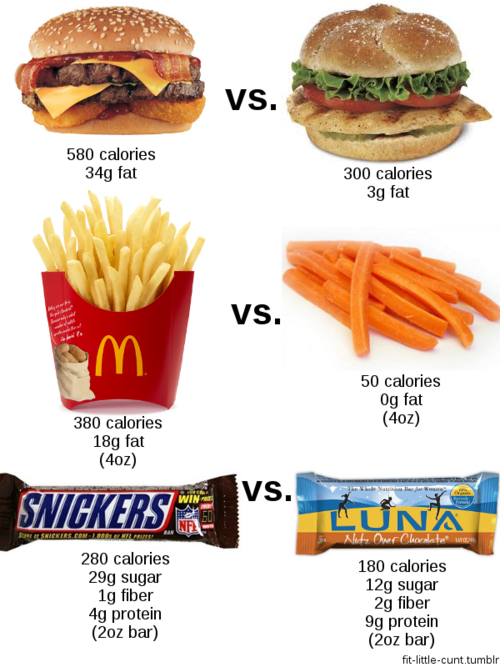 Size: 10.5 inches / 12.7 oz – Pint of Ben and Jerry’s Chubby Hubby Ice Cream
Size: 10.5 inches / 12.7 oz – Pint of Ben and Jerry’s Chubby Hubby Ice Cream
Weeks 21 – 24 (Month 5)
Avg. Size: 10.5 – 11.8 inches / 12.7 – 20.8 oz – Package of Oreos
Weeks 25 – 28 (Month 6)
Avg. Size: 13.6 – 14.8 inches / 1.5 – 2.2 lbs – two Rolls of Pillsbury Refrigerated Cookie Dough
Weeks 29 – 32 (Month 7)
Avg. Size: 15.2 – 16.7 inches / 2.5 – 3.8 lbs – one Sara Lee Cheesecake
Weeks 33 – 36 (Month 8)
Avg. Size: 17.2 – 18.7 inches / 4.2 – 5.8 lbs – three Dozen Krispy Kreme Doughnuts
Weeks 37 – Delivery (Month 9)
Avg. Size: 18.9 – 20.9 inches / 6.2 – 9.2 lbs – one Gallon of Ice Cream
Table of Contents
Author
Eloise Drane, Founder
"I believe that we are all placed on this earth for a purpose. Each one of us has a specific calling in this world and although it is different for everyone, we are here to serve one another. My purpose is to help women who wish to become surrogates and egg donors and the hopeful parents who wish to partner with them. I fell very lucky to be living my purpose."
Each one of us has a specific calling in this world and although it is different for everyone, we are here to serve one another. My purpose is to help women who wish to become surrogates and egg donors and the hopeful parents who wish to partner with them. I fell very lucky to be living my purpose."
Learn more about Eloise Drane ▸
This website uses cookies to improve your experience. We'll assume you're ok with this, but you can opt-out if you wish. Cookie settingsACCEPT
Child development by week | Regional Perinatal Center
Expectant mothers are always curious about how the fetus develops at a time when it is awaited with such impatience. Let's talk and look at the photos and pictures of how the fetus grows and develops week by week.
What does the puffer do for 9 whole months in mom's tummy? What does he feel, see and hear?
Let's start the story about the development of the fetus by weeks from the very beginning - from the moment of fertilization. A fetus up to 8 weeks old is called embryo , this occurs before the formation of all organ systems.
A fetus up to 8 weeks old is called embryo , this occurs before the formation of all organ systems.
Embryo development: 1st week
The egg is fertilized and begins to actively split. The ovum travels to the uterus, getting rid of the membrane along the way.
On the 6th-8th days, implantation of eggs is carried out - implantation into the uterus. The egg settles on the surface of the uterine mucosa and, using the chorionic villi, attaches to the uterine mucosa.
Embryo development: 2-3 weeks
Picture of embryo development at 3 weeks.
The embryo is actively developing, starting to separate from the membranes. At this stage, the beginnings of the muscular, skeletal and nervous systems are formed. Therefore, this period of pregnancy is considered important.
Embryo development: 4–7 weeks
Fetal development by week in pictures: week 4
Fetal development by week photo: week 4
Photo of an embryo before the 6th week of pregnancy.
The heart, head, arms, legs and tail are formed in the embryo :) . Gill slit is defined. The length of the embryo at the fifth week reaches 6 mm.
Fetal development by week photo: week 5
At the 7th week, the rudiments of the eyes, stomach and chest are determined, and fingers appear on the handles. The baby already has a sense organ - the vestibular apparatus. The length of the embryo is up to 12 mm.
Fetal development: 8th week
Fetal development by week photo: week 7-8
The face of the fetus can be identified, the mouth, nose, and auricles can be distinguished. The head of the embryo is large and its length corresponds to the length of the body; the fetal body is formed. All significant, but not yet fully formed, elements of the baby's body already exist. The nervous system, muscles, skeleton continue to improve.
Fetal development in the photo already sensitive arms and legs: week 8
The fetus developed skin sensitivity in the mouth (preparation for the sucking reflex), and later in the face and palms.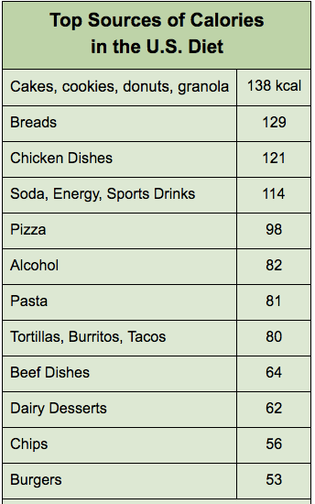
At this stage of pregnancy, the genitals are already visible. Gill slits die. The fruit reaches 20 mm in length.
Fetal development: 9–10 weeks
Fetal development by week photo: week 9
Fingers and toes already with nails. The fetus begins to move in the pregnant woman's stomach, but the mother does not feel it yet. With a special stethoscope, you can hear the baby's heartbeat. Muscles continue to develop.
Weekly development of the fetus photo: week 10
The entire surface of the fetal body is sensitive and the baby develops tactile sensations with pleasure, touching his own body, the walls of the fetal bladder and the umbilical cord. It is very curious to observe this on ultrasound. By the way, the baby first moves away from the ultrasound sensor (of course, because it is cold and unusual!), And then puts his hands and heels trying to touch the sensor.
It's amazing when a mother puts her hand to her stomach, the baby tries to master the world and tries to touch with his pen "from the back".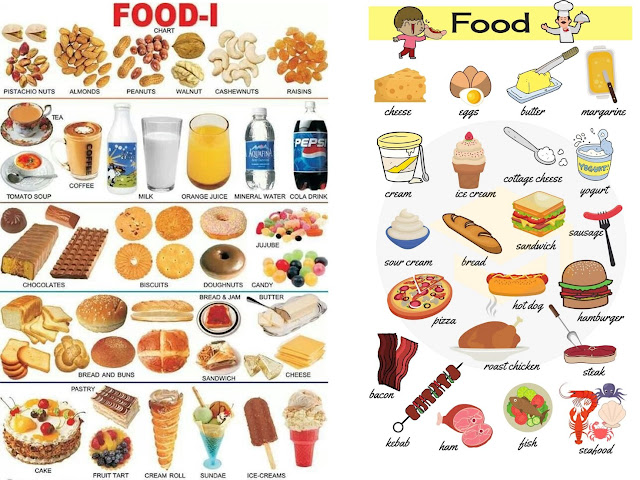
The development of the fetus: 11–14 weeks
Development of the fetus in the photo of the legs: weeks 11
The baby, legs and eyelids are formed, and the genitals become distinguishable (you can find out the gender (you can find out the gender child). The fetus begins to swallow, and if something is not to its taste, for example, if something bitter got into the amniotic fluid (mother ate something), then the baby will begin to frown and stick out his tongue, making less swallowing movements.
Fruit skin appears translucent.
Fruit development: Week 12
Photo of the fetus 12 weeks per 3D Uzi
buds are responsible for production for production urine. Blood forms inside the bones. And hairs begin to grow on the head. The skin turns pink, the ears and other parts of the body, including the face, are already visible. Imagine, a child can already open his mouth and blink, as well as make grasping movements. The fetus begins to actively push in the mother's tummy. The sex of the fetus can be determined by ultrasound. Baby sucks his thumb, becomes more energetic. Pseudo-feces are formed in the intestines of the fetus - meconium , kidneys begin to work. During this period, the brain develops very actively. The auditory ossicles become stiff and now they are able to conduct sounds, the baby hears his mother - heartbeat, breathing, voice. The lungs at this stage of fetal development are so developed that the baby can survive in the artificial conditions of the intensive care unit. Lungs continue to develop. Now the baby is already falling asleep and waking up. Downy hairs appear on the skin, the skin becomes wrinkled and covered with grease. The cartilage of the ears and nose is still soft. Lips and mouth become more sensitive. The eyes develop, open slightly and can perceive light and squint from direct sunlight. In girls, the labia majora do not yet cover the small ones, and in boys, the testicles have not yet descended into the scrotum. Fetal weight reaches 900–1200 g, and the length is 350 mm. 9 out of 10 children born at this term survive. The lungs are now adapted to breathe normal air. Breathing is rhythmic and body temperature is controlled by the CNS. The baby can cry and responds to external sounds. Child opens eyes while awake and closes during sleep. The skin becomes thicker, smoother and pinkish. Starting from this period, the fetus will actively gain weight and grow rapidly. Almost all babies born prematurely at this time are viable. The weight of the fetus reaches 2500 g, and the length is 450 mm. The fetus reacts to a light source. Muscle tone increases and the baby can turn and raise his head. On which, the hairs become silky. The child develops a grasping reflex. The lungs are fully developed. The fetus is quite developed, prepared for birth and considered mature. The baby perfectly mastered the movements of his mother , knows when she is calm, excited, upset and reacts to this with her movements. During the intrauterine period, the fetus gets used to moving in space, which is why babies love it so much when they are carried in their arms or rolled in a stroller. For a baby, this is a completely natural state, so he will calm down and fall asleep when he is shaken. The nails protrude beyond the tips of the fingers, the cartilages of the ears and nose are elastic. In boys, the testicles have descended into the scrotum, and in girls, the large labia cover the small ones. The weight of the fetus reaches 3200-3600 g, and the length is 480-520 mm. After the birth, the baby longs for touching his body, because at first he cannot feel himself - the arms and legs do not obey the child as confidently as it was in the amniotic fluid. And one more thing, the baby remembers the rhythm and sound of your heart very well . Therefore, you can comfort the baby in this way - take him in your arms, put him on the left side and your miracle will calm down, stop crying and fall asleep. And for you, finally, the time of bliss will come :) . The cause of lactose intolerance, or hypolactasia, is the inability of the human body to produce enough lactase, that is, an enzyme that breaks down milk sugar called lactose. After eating products containing milk sugar, with a lack of lactase, lactose enters the large intestine, in the microflora of which it decomposes, forming gases (hydrogen, methane and carbon dioxide), as well as acids. Symptoms range from mild abdominal pain to cramps and diarrhea. Most people tolerate the daily intake of lactose equivalent to half to one glass of milk. If milk is consumed with food, the patient tolerates lactose more easily, since lactose is absorbed more slowly. The same applies to full-fat milk, since fat slows down the elimination of food from the stomach. Lactase appears in the human digestive tract approximately eight weeks before birth and is most active during infancy. When other foods appear in the child's diet and the need for such large amounts of lactase disappears, the activity of the enzyme begins to gradually decrease. Lactase activity is promoted by eating foods containing lactose. Approximately three quarters of the world's population, especially the representatives of the yellow and black races, lactase activity is so low that they cannot tolerate milk at all. Among the peoples of Northern Europe and their North American descendants, who have been engaged in pastoralism for a long time, this activity has been better preserved. It is believed that about a quarter of the Estonian population suffers from some degree of lactose intolerance. However, many simply do not know about this, and this is not a problem for them, because they do not drink so much milk that it causes them inconvenience. Primary lactase deficiency is hereditary, age dependent and usually manifests itself between 5 and 20 years of age. Typically, 50-70% of lactase activity is retained. Not treated. Secondary lactase deficiency is caused by temporary damage to the small intestine, which can be caused by malnutrition, celiac disease, inflammation of the small intestine, gastroenteritis and other diseases. Secondary lactase deficiency also occurs in infants and young children after bowel disease. Symptoms of the disease usually disappear within 2-4 weeks. Lactose intolerance can be guessed from its manifestations. In the diagnosis of lactose intolerance, for example, a lactose tolerance test is used, during which the patient is given 50 g of lactose (an amount approximately equal to that contained in a liter of milk) and the blood glucose level is determined before taking the solution, after 20 and 40 minutes after. If blood glucose levels do not rise, lactose intolerance is present. Another option is breath analysis. If the hydrogen content in it increases, this indicates that under the influence of the microflora of the large intestine, lactose fermentation is taking place, and the patient has lactose intolerance. Depending on the severity of the disease, the amount of lactose in the diet should be reduced to a greater or lesser extent.
Development of the fetus for weeks: Week 14 9000 9000 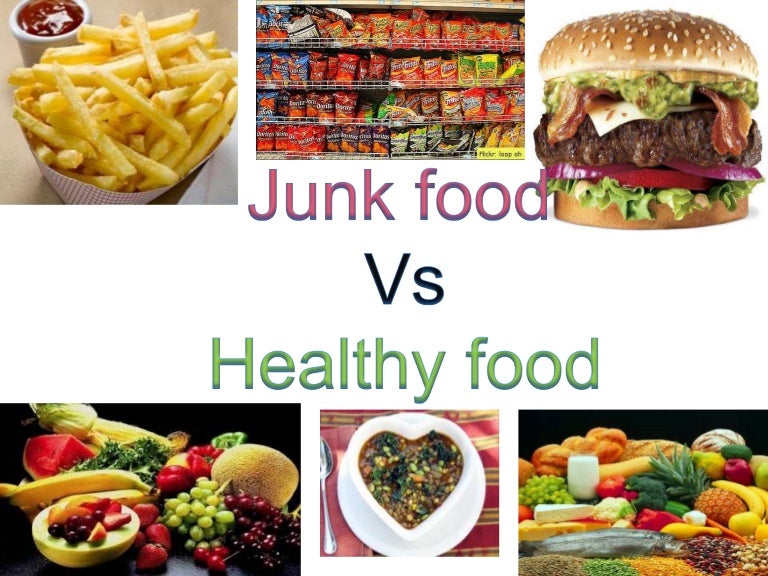 Moves more coordinated.
Moves more coordinated. Fetal development: 15-18 weeks
Fetal development by weeks photo: week 15 Fetal development: 19-23 weeks
Fetal development by week photo: week 19
Fetal development by weeks photo: week 20  The fetus intensively gains weight, fat deposits are formed. The weight of the fetus reaches 650 g, and the length is 300 mm.
The fetus intensively gains weight, fat deposits are formed. The weight of the fetus reaches 650 g, and the length is 300 mm. Fetal development: 24-27 weeks
Fetal development by week photo: week 27 
Fetal development: 28-32 weeks
Fetal development: 33-37 weeks
Fetal development by week photo: week 36 Fetal development: 38-42 weeks
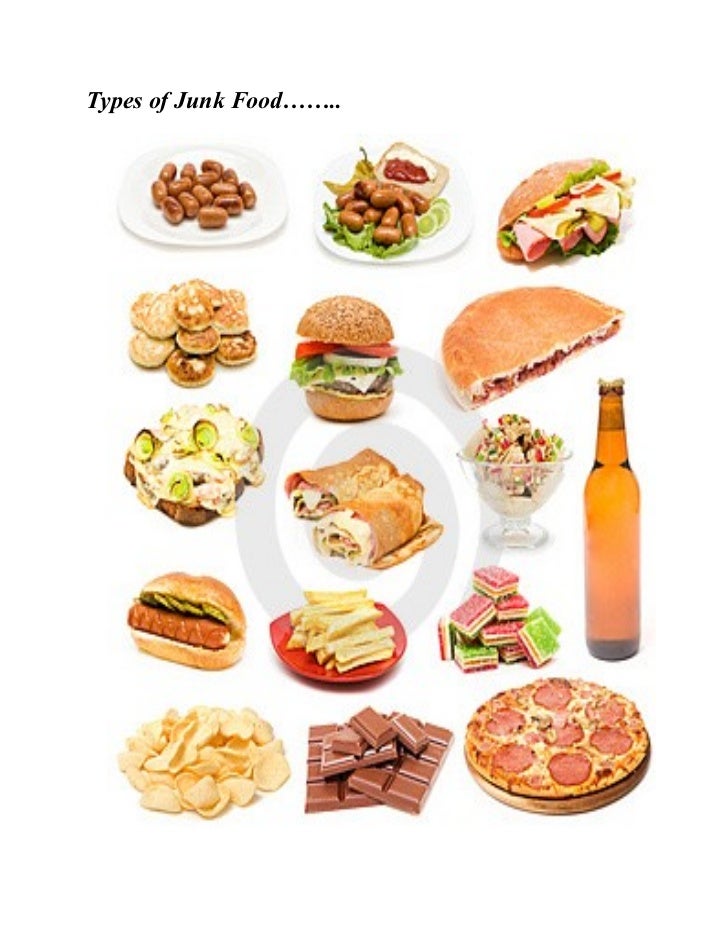 The baby has mastered over 70 different reflex movements. Due to the subcutaneous fatty tissue, the baby's skin is pale pink. The head is covered with hairs up to 3 cm.
The baby has mastered over 70 different reflex movements. Due to the subcutaneous fatty tissue, the baby's skin is pale pink. The head is covered with hairs up to 3 cm.
Fetal development by weeks photo: week 40  Therefore, so that your baby does not feel lonely, it is advisable to carry him in your arms, press him to you while stroking his body.
Therefore, so that your baby does not feel lonely, it is advisable to carry him in your arms, press him to you while stroking his body. Lactose intolerance | Tervisliku toitumise informatsioon
Nature of the disease and frequency of manifestation
Lactose, or milk sugar, is a disaccharide that cannot be absorbed through the walls of the small intestine and must first be broken down into two simple sugars, glucose and galactose. 
People with low lactase activity tolerate lactose differently. 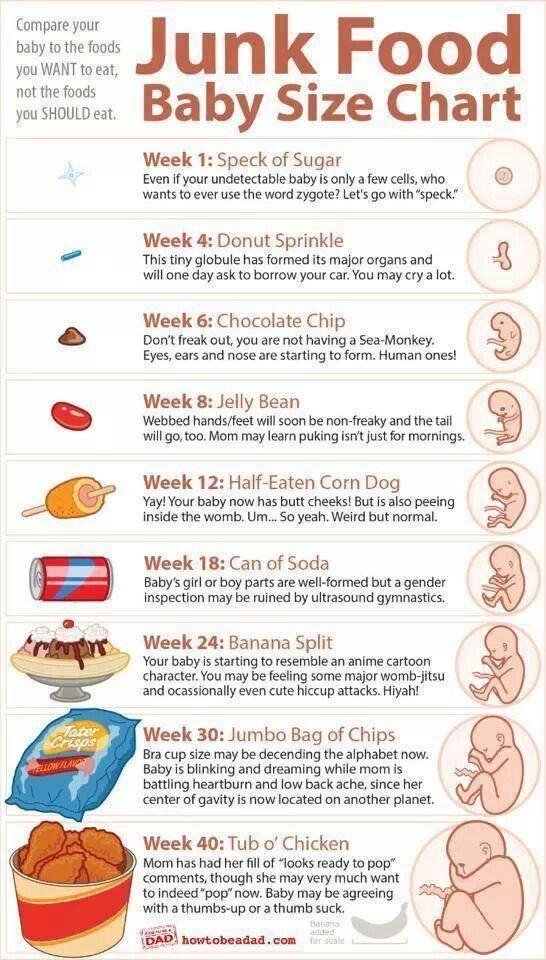
Lactose intolerance occurs in two forms
Diagnosis and control of lactose intolerance
 Since lactose intolerance requires reducing the consumption of lactose-containing dairy products, which occupy a very important place in the human diet, you should first carefully make sure that we are talking about this particular disease.
Since lactose intolerance requires reducing the consumption of lactose-containing dairy products, which occupy a very important place in the human diet, you should first carefully make sure that we are talking about this particular disease. 